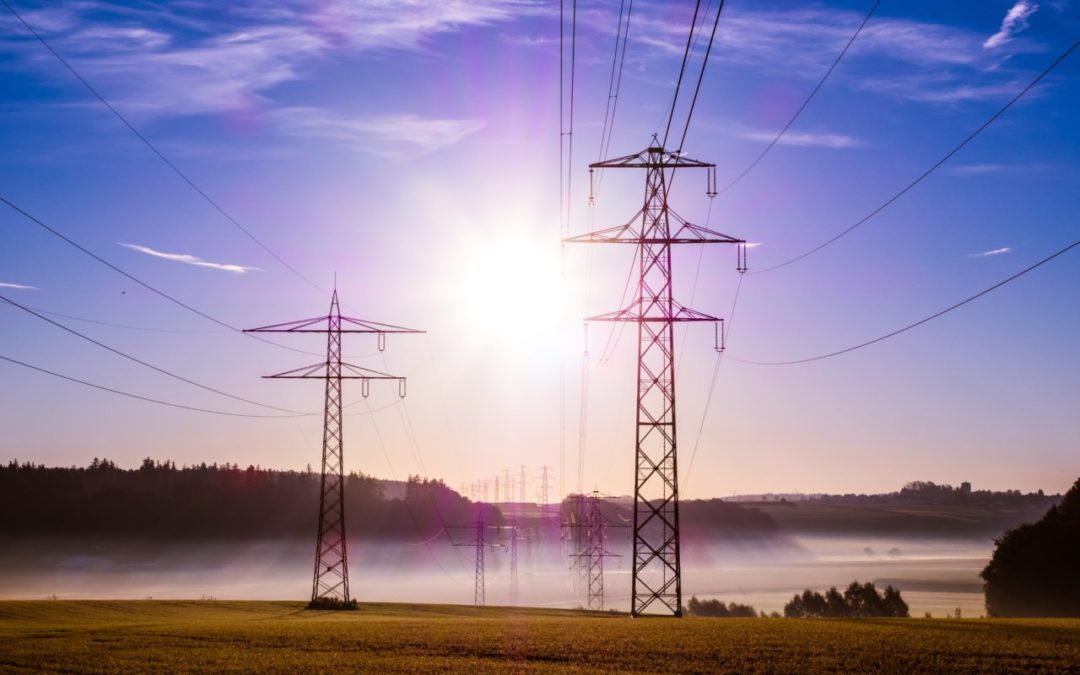Electricity Markets
| Provided by | Assistant Professor Ian Lange in Energy Economics |
| Lead by | Kali Prasad in Energy Economics |
Project Description
Electricity markets provide a wealth of data to analyze. There are many places to find public data on prices, generation, fuel use, and more. The fact that these data are at the hourly level means that it is easy to generate large datasets which can be used for prediction or inference. Two examples of papers written with electricity data are given below along with public links to the datasets used in the analyses.Additive manufacturing (AM) and data-driven design are becoming increasingly common in a wide range of industries. Unlike plastics 3D printing, which can be done by hobbyists in their homes, AM of metals requires a high-level of skill, expertise, and specialized know-how to adjust and tune the manufacturing process for a specific part geometry, material, or desired functional outcome. As such, building a new part or changing to a new material with AM processing is currently time consuming, tedious, and expensive (on the order of 5 years and $5M for a single “A-Basis Allowable” part). Correspondingly, the economic uncertainty of launching innovative products or entering new, untested markets often renders AM cost-prohibitive. As AM has gained popularity in the last decade, this has been the most critical obstacle inhibiting its mass adoption as a production technique rather than as a rapid prototyping method.
Source: MInDS@Mines
Paper: https://www.sciencedirect.com/
science/article/pii/S0360544218323946#bib3
Data: https://www.misoenergy.org/
markets-and-operations/real-
time–market-data/real-time-displays/
Paper: http://econbus-papers.mines.
edu/working-papers/wp201701.pdf
Data: https://ampd.epa.gov/ampd/


Recent Comments